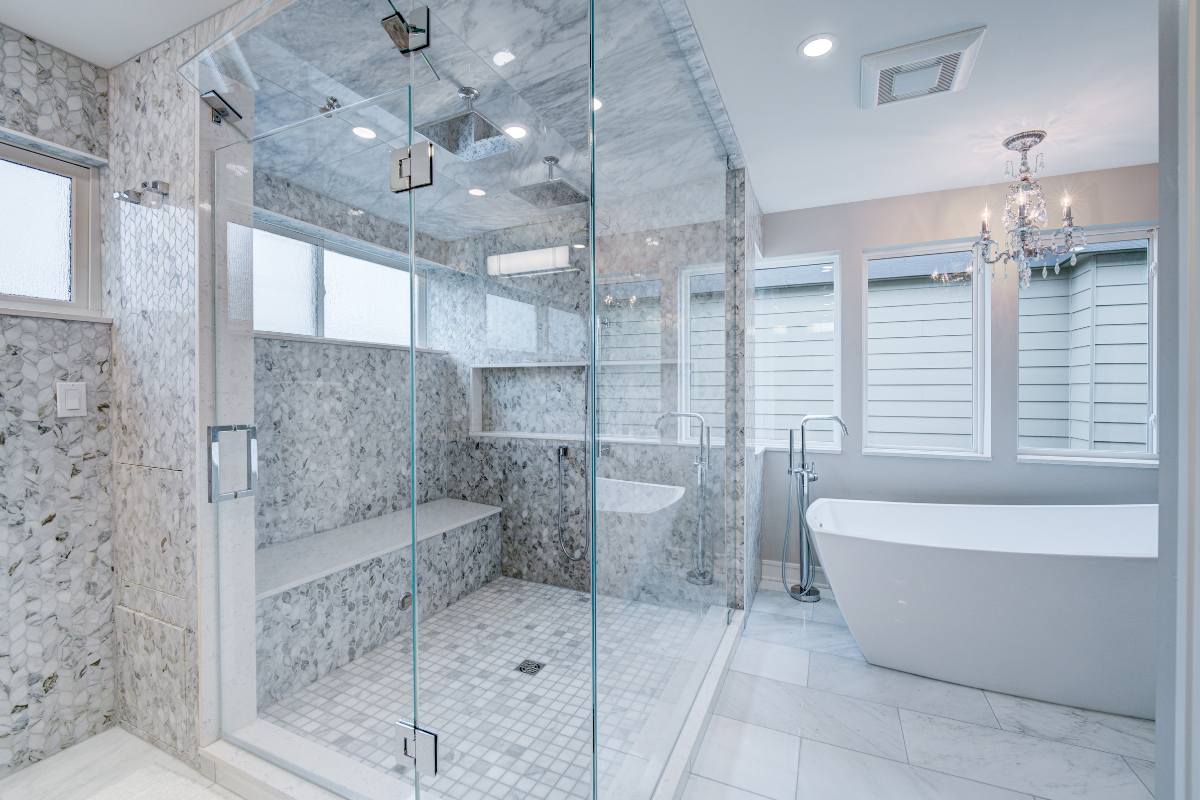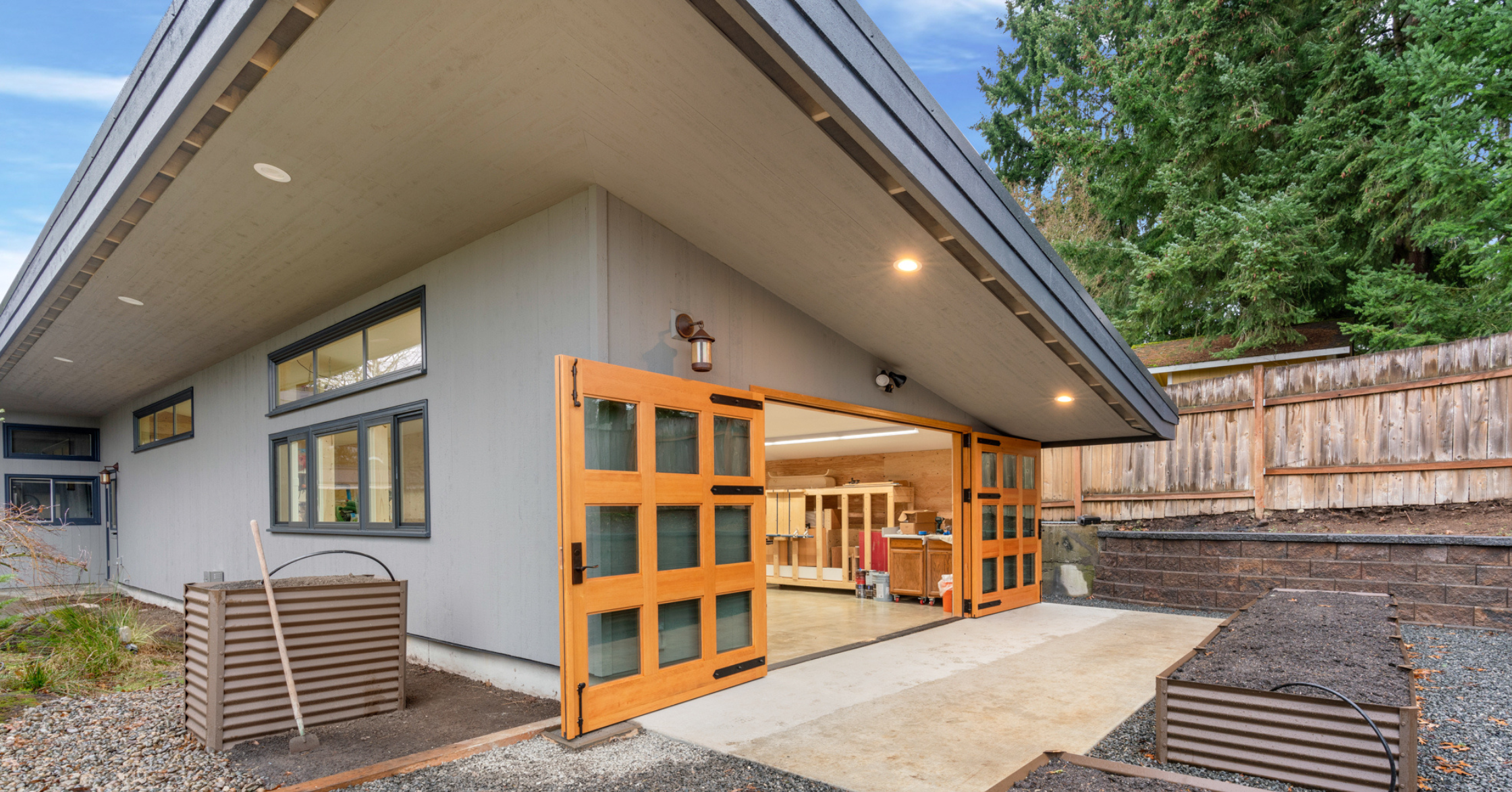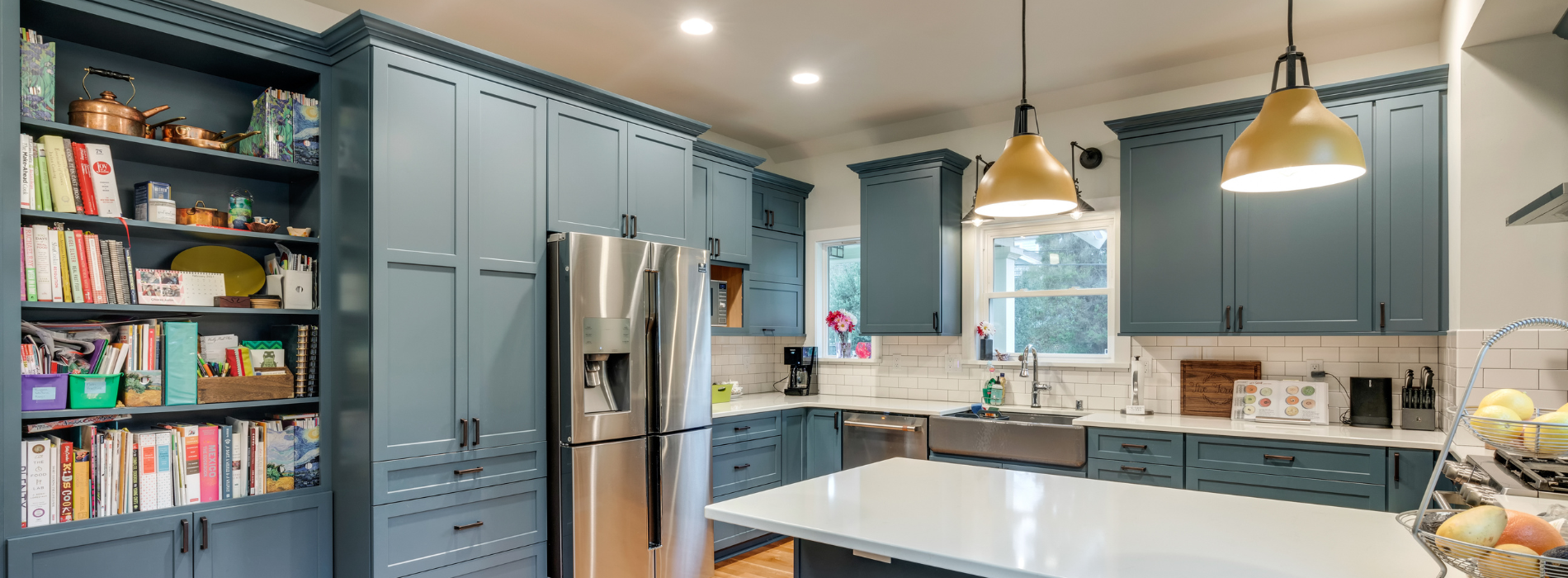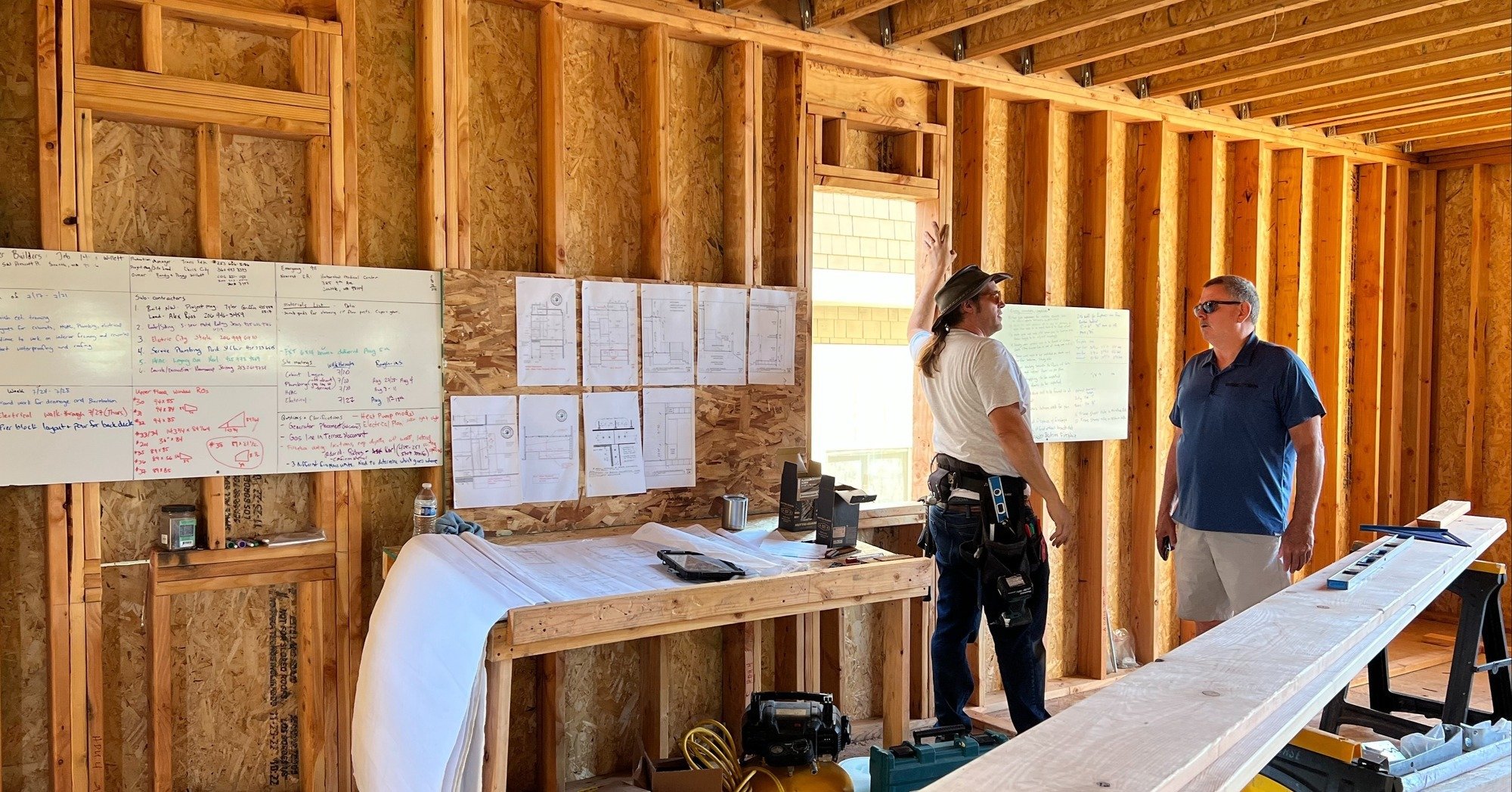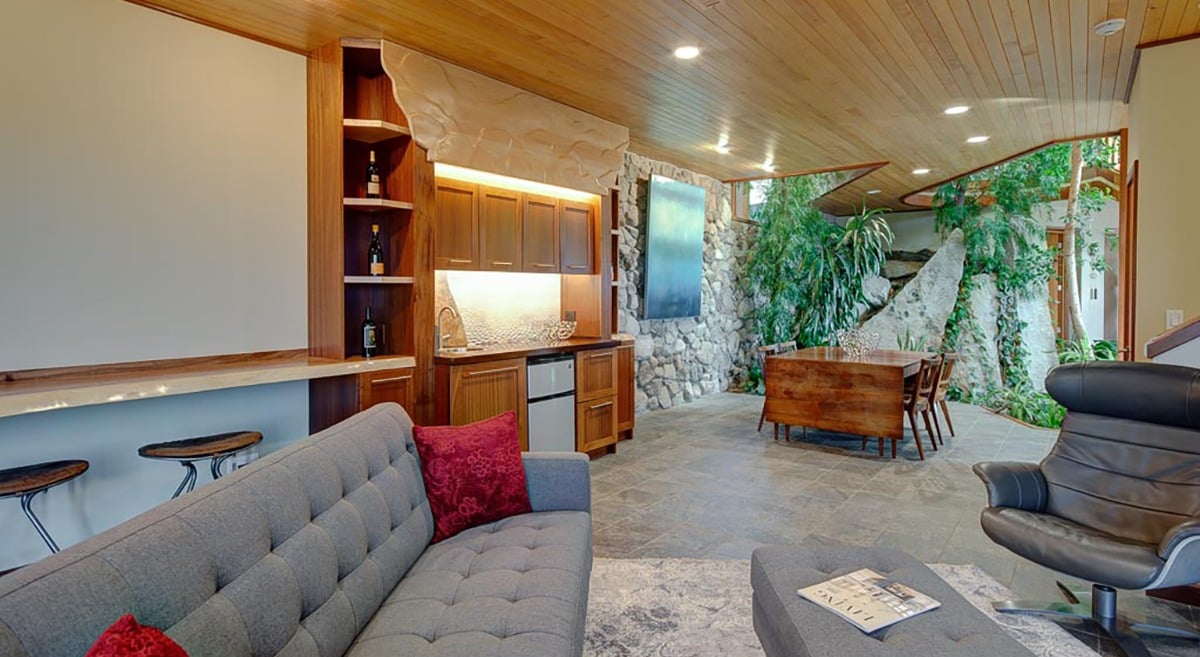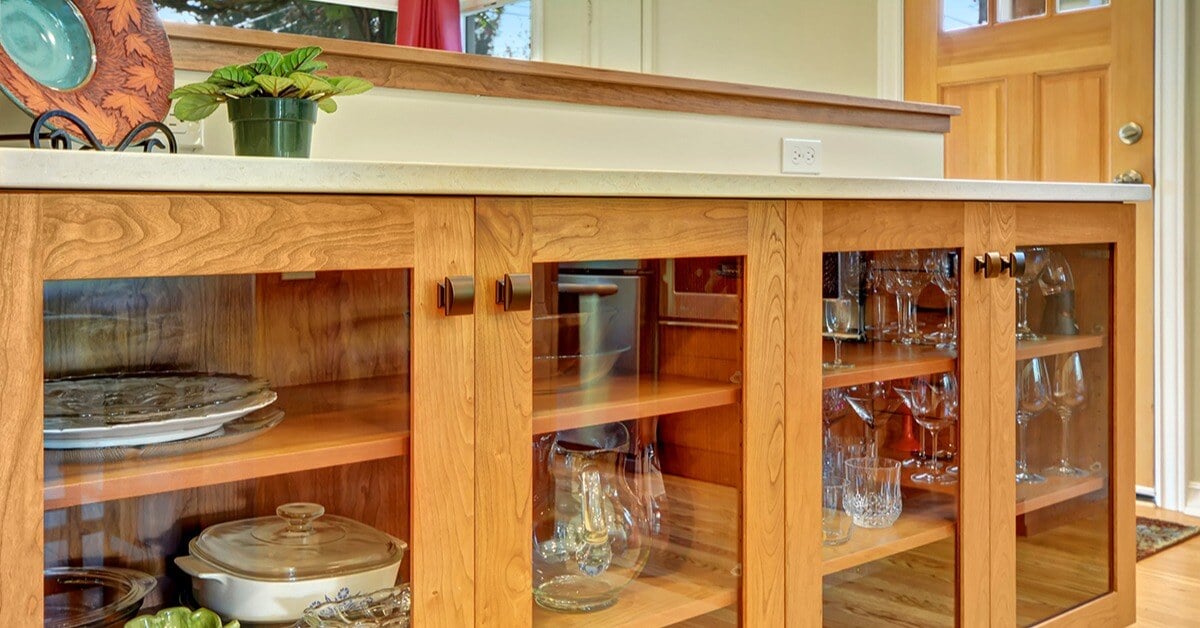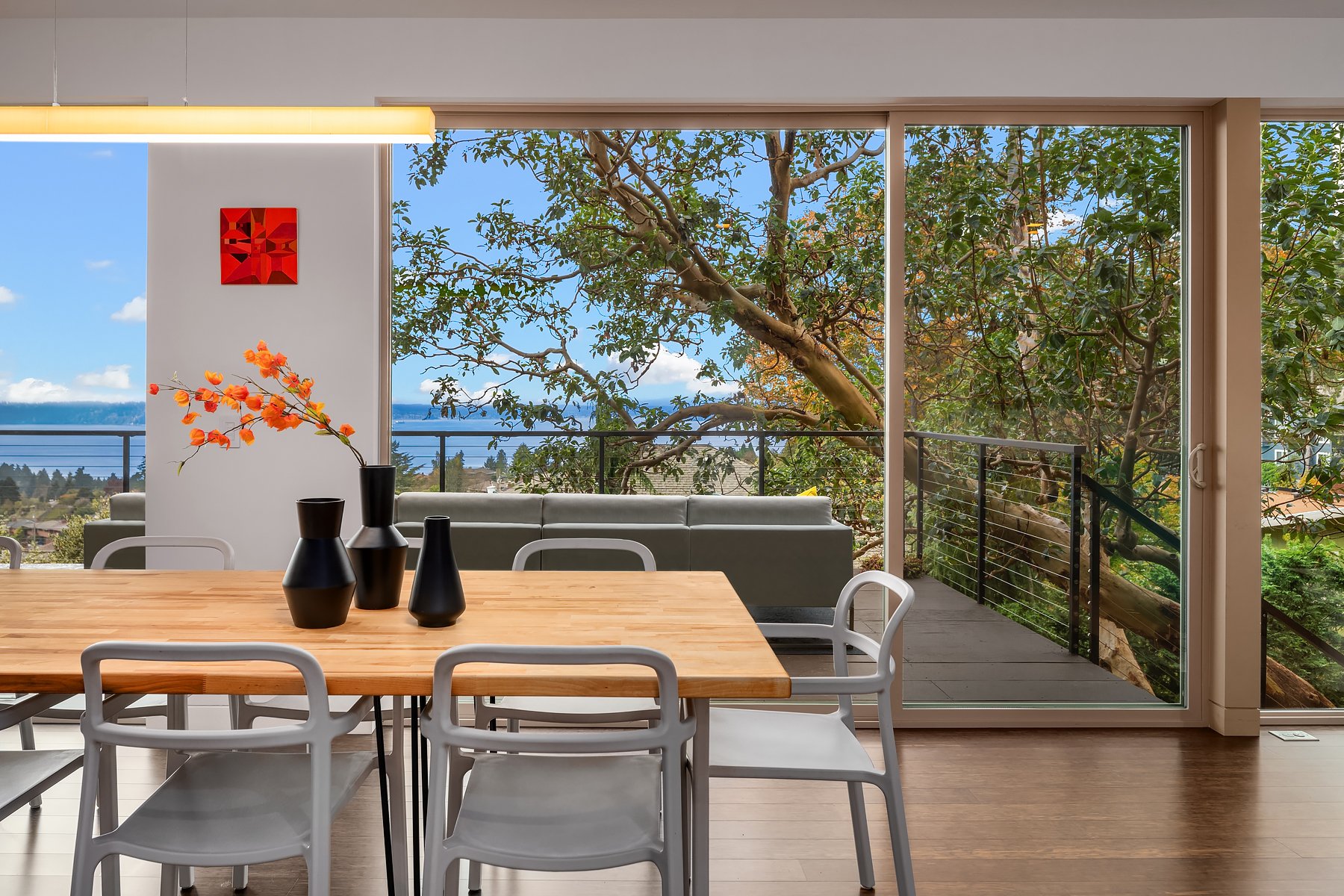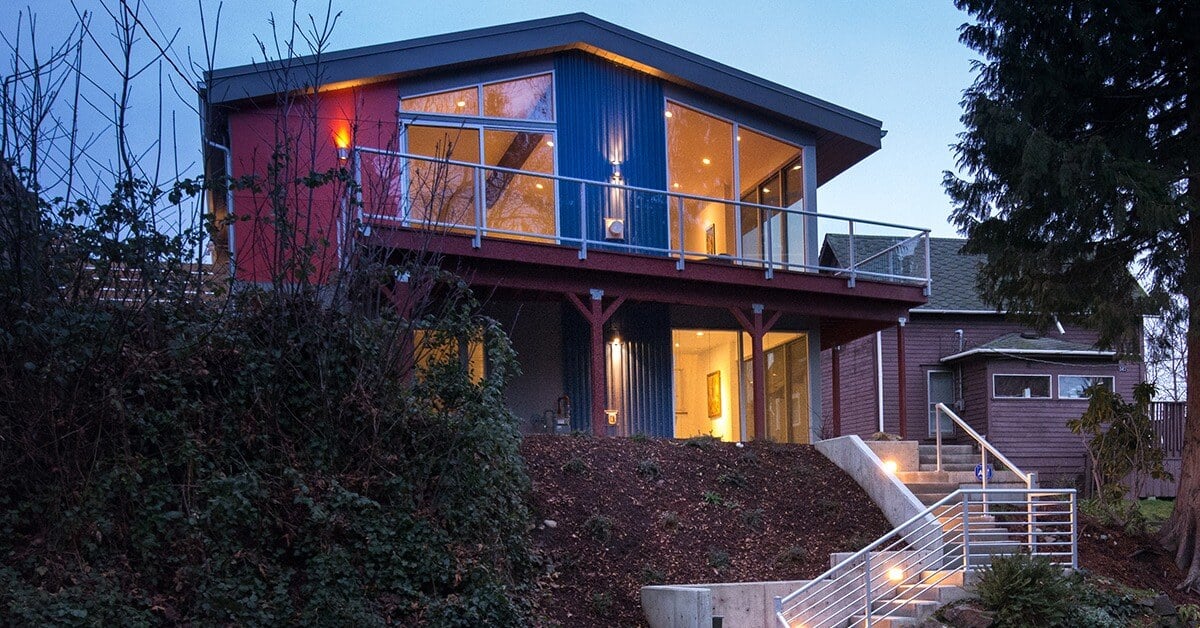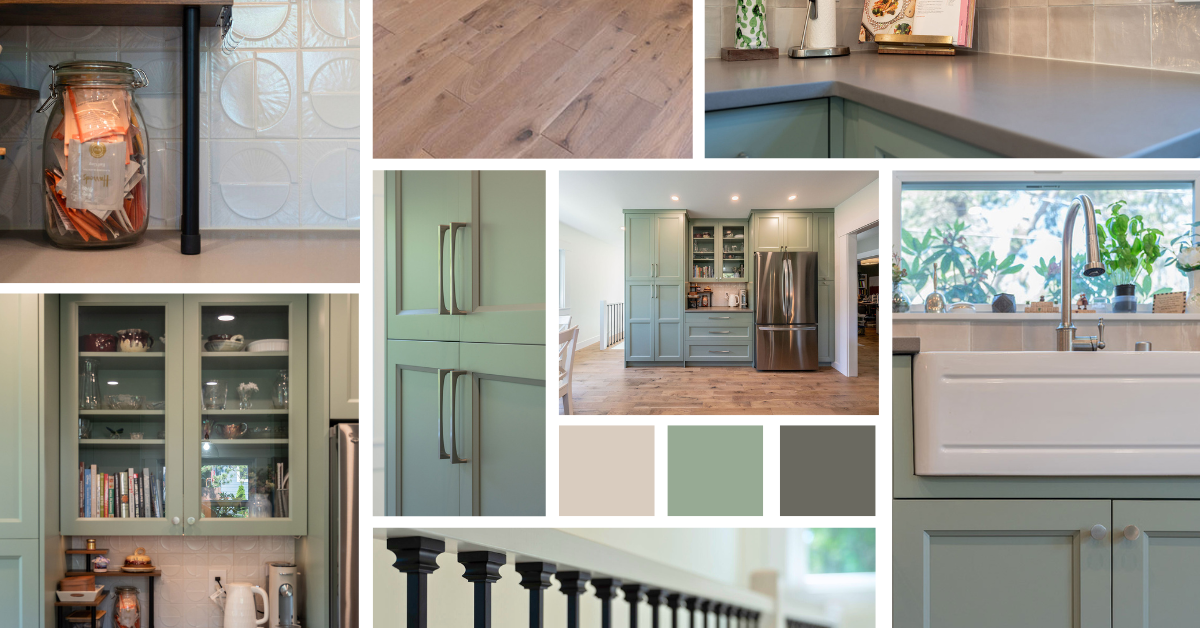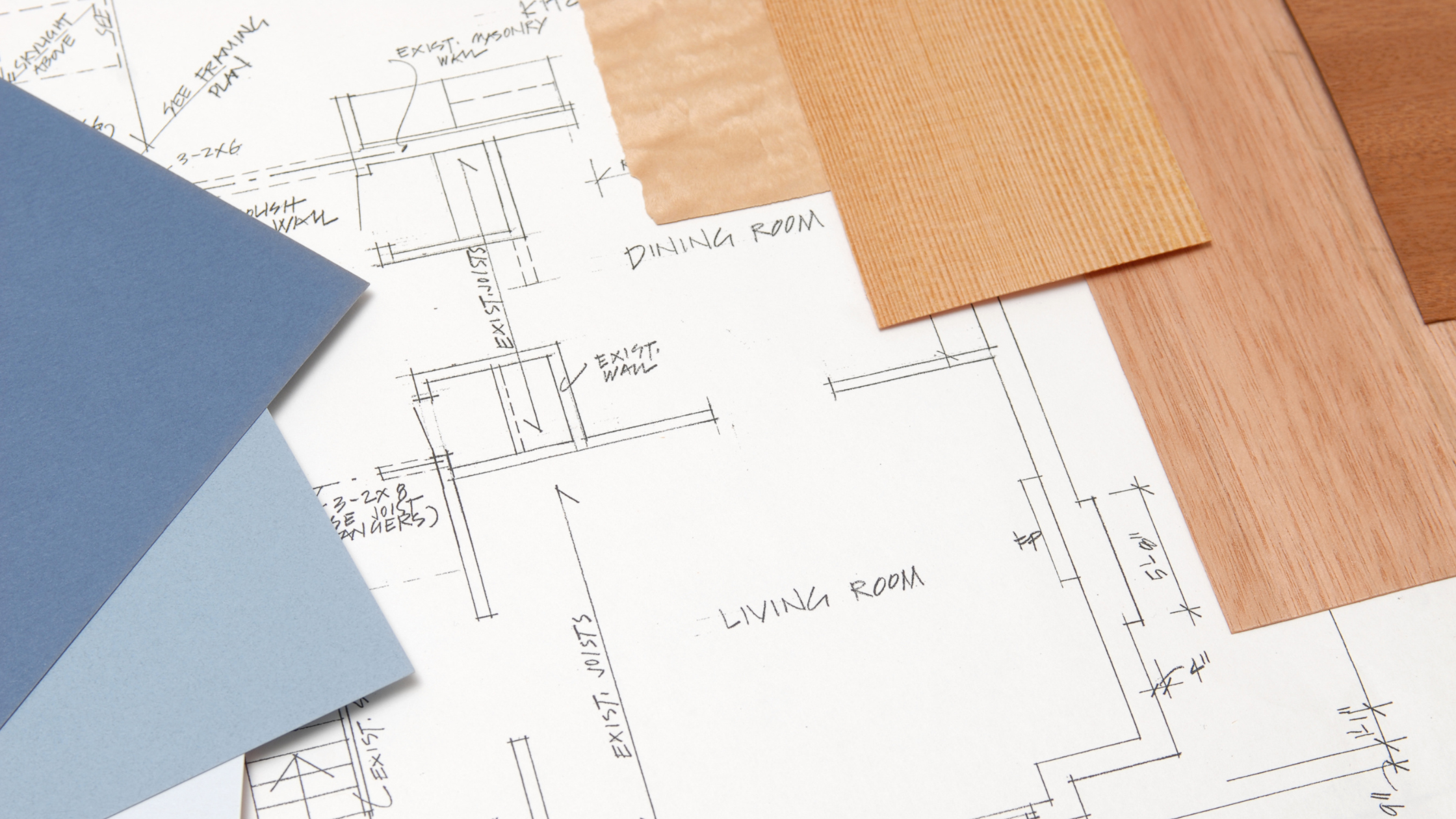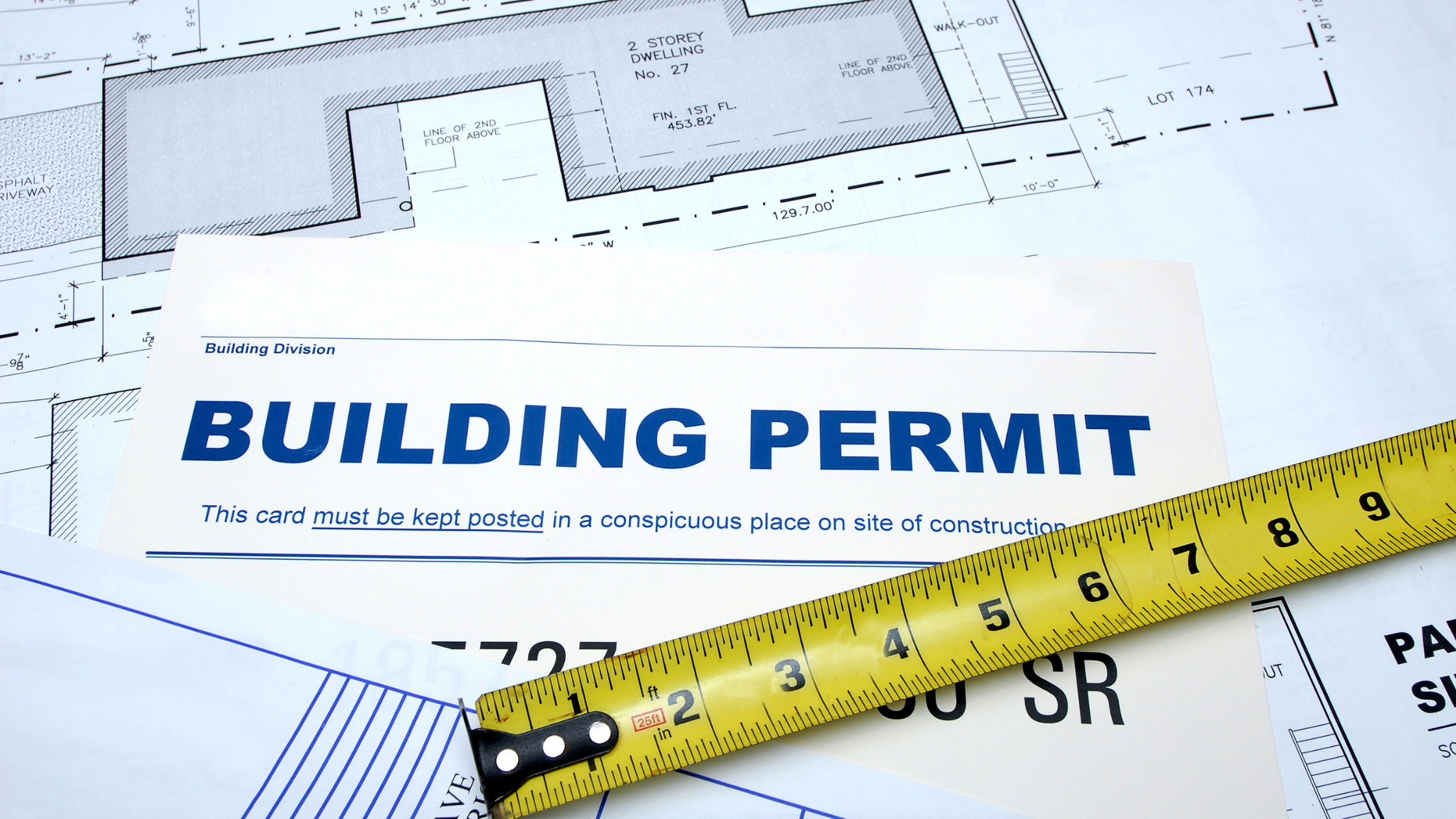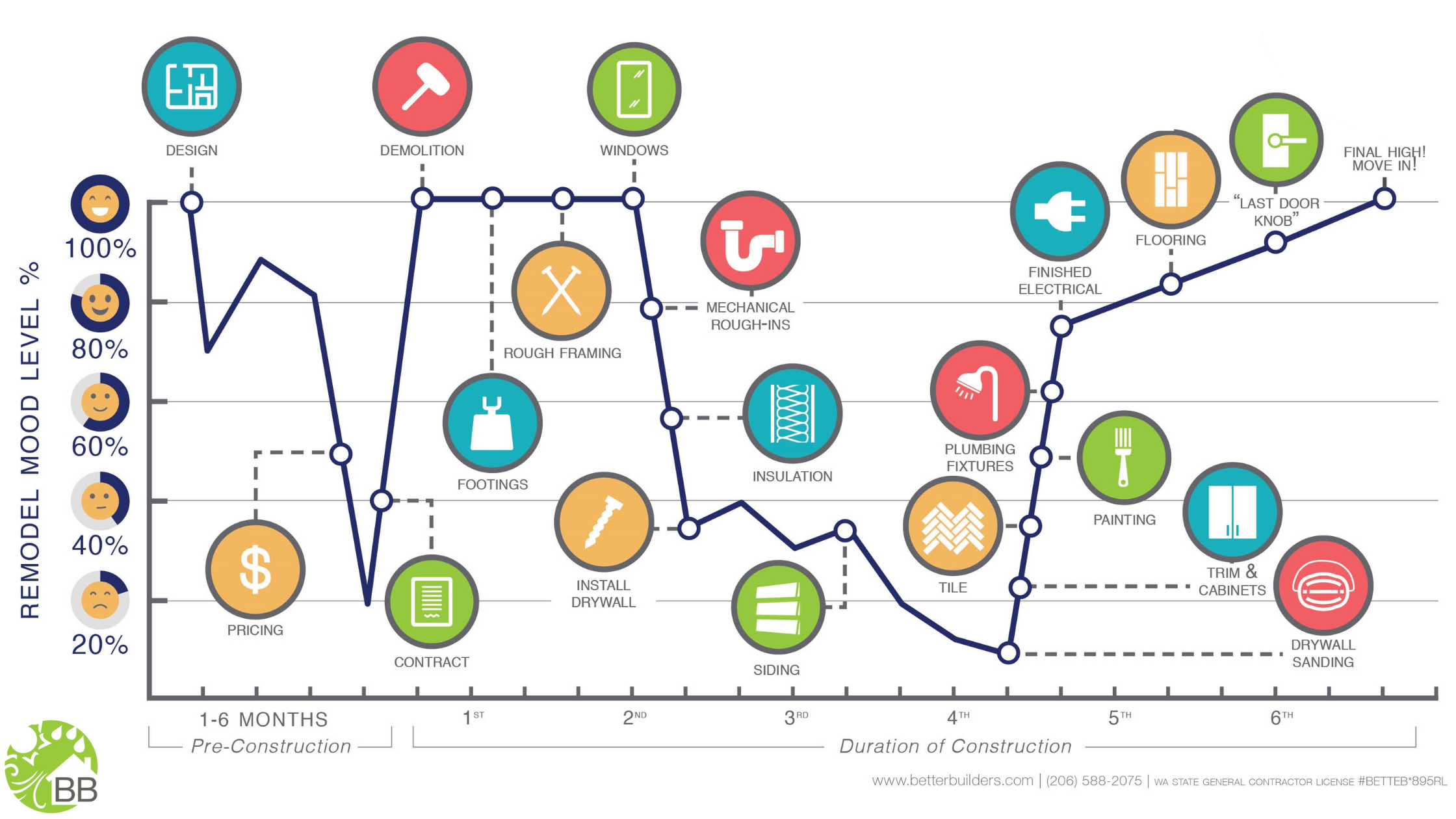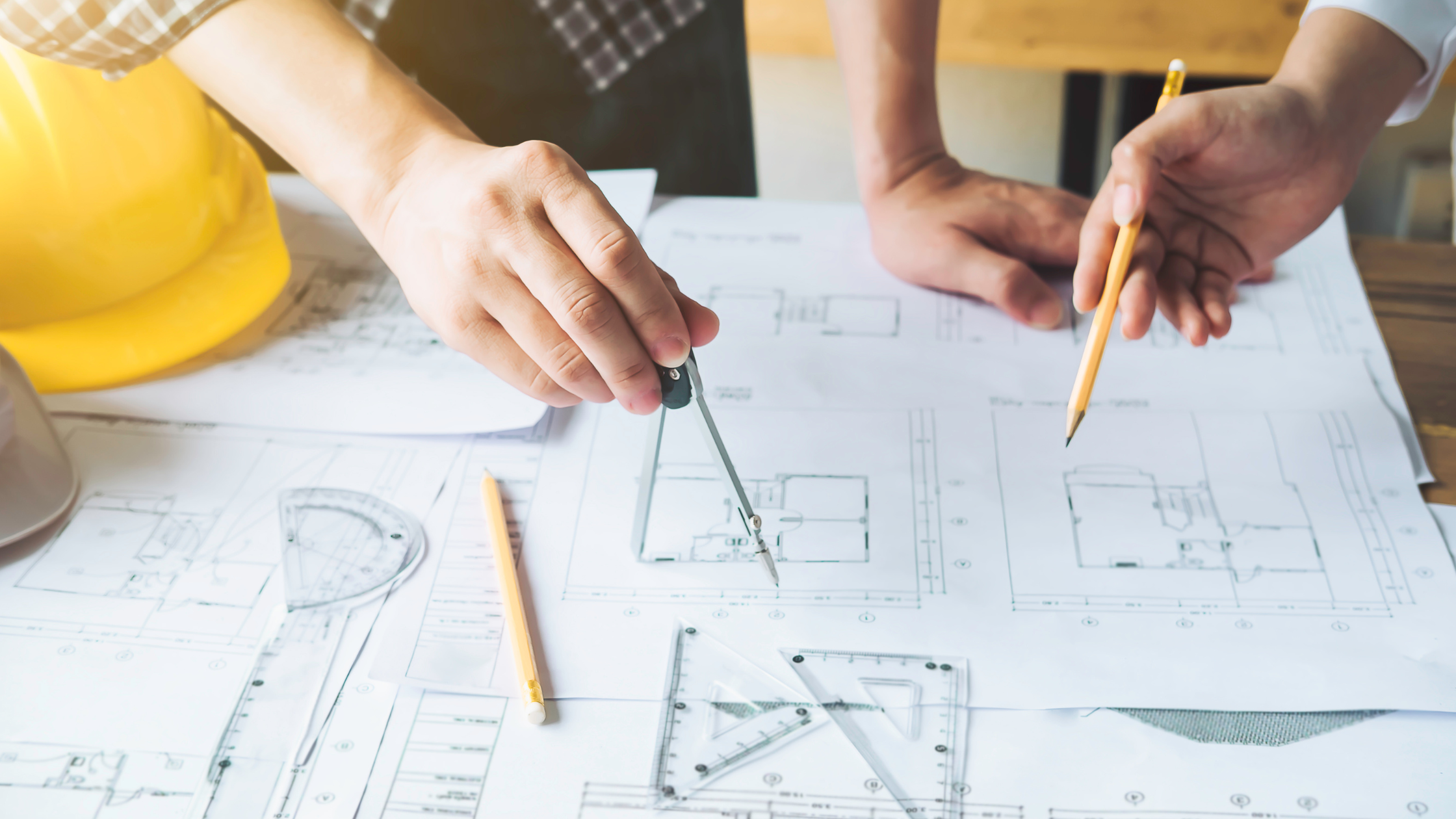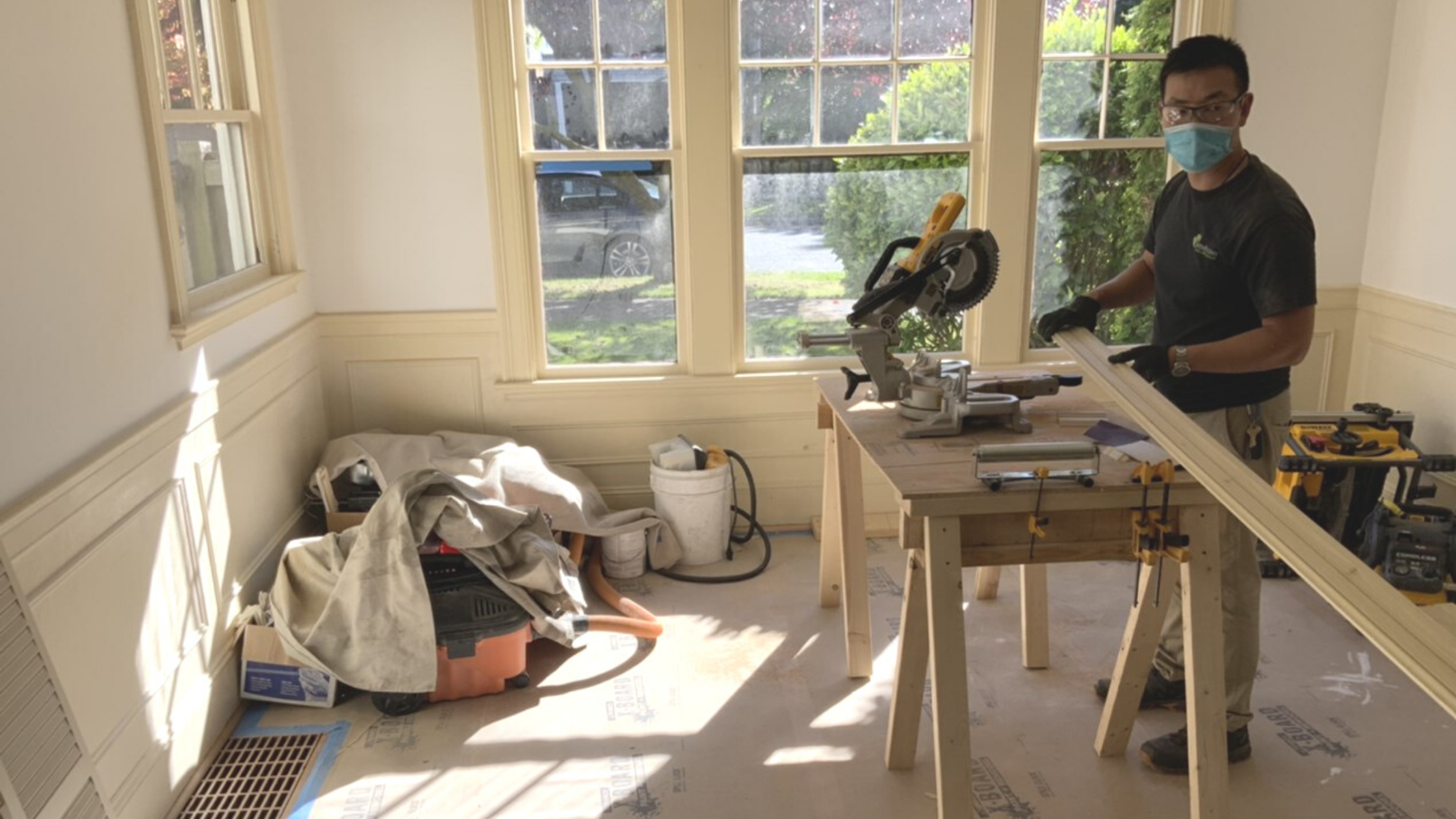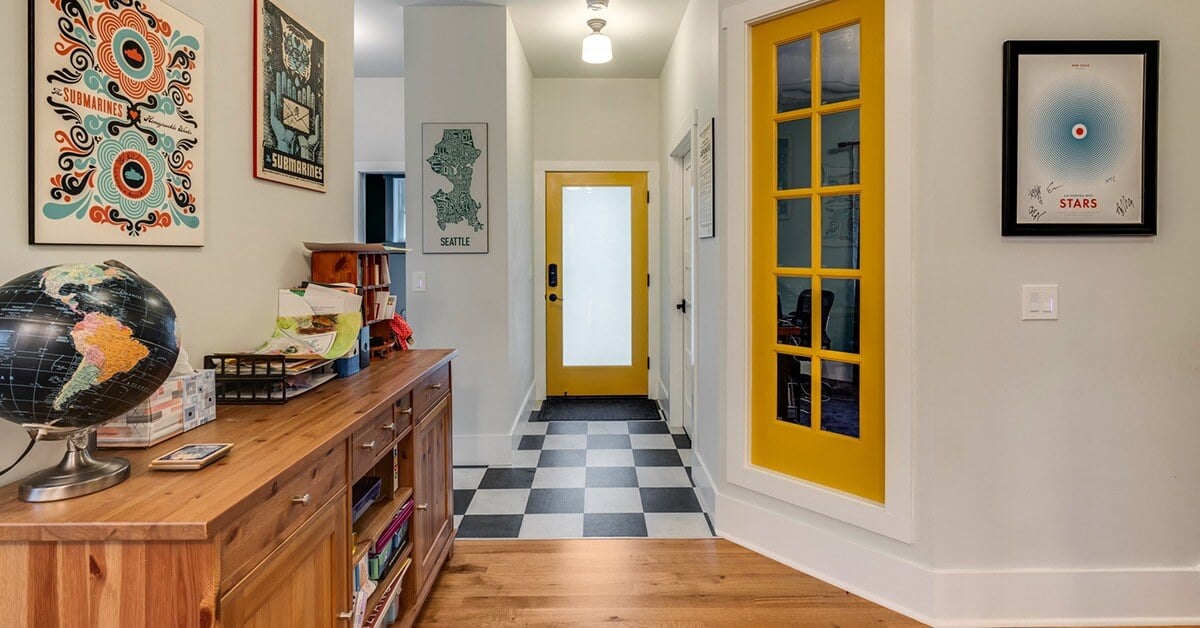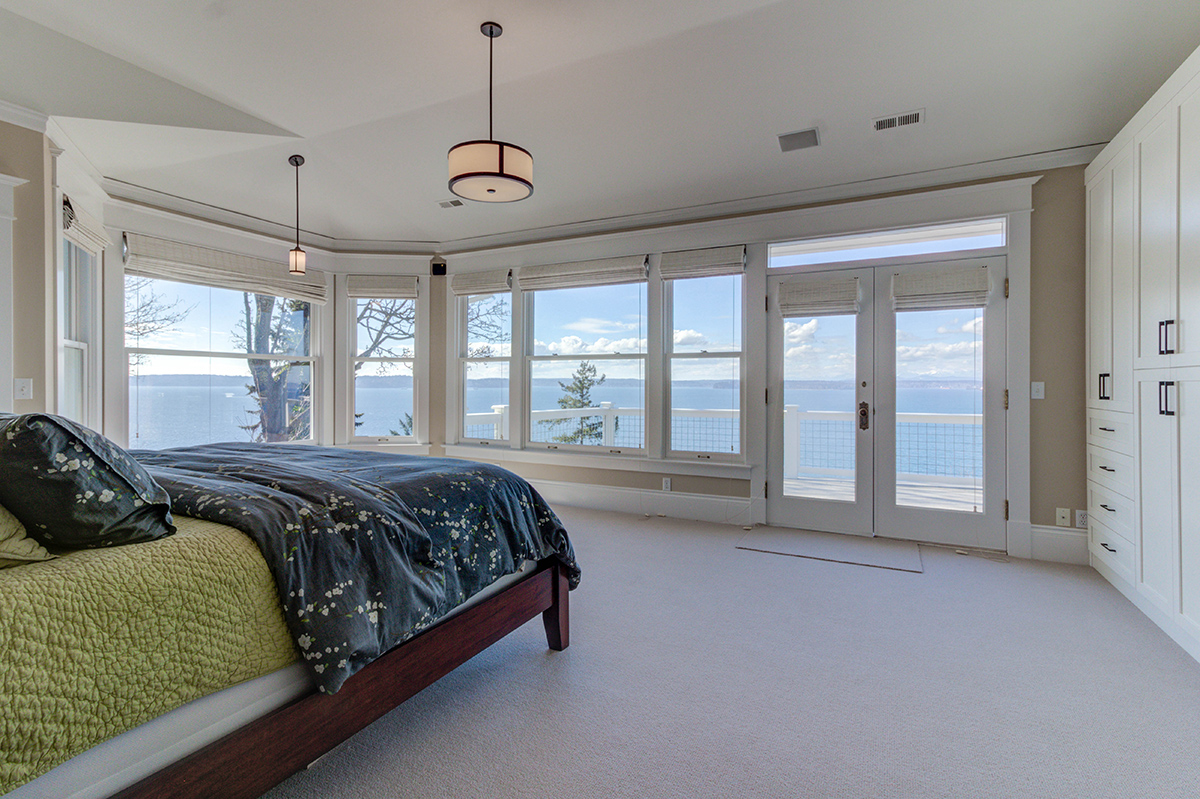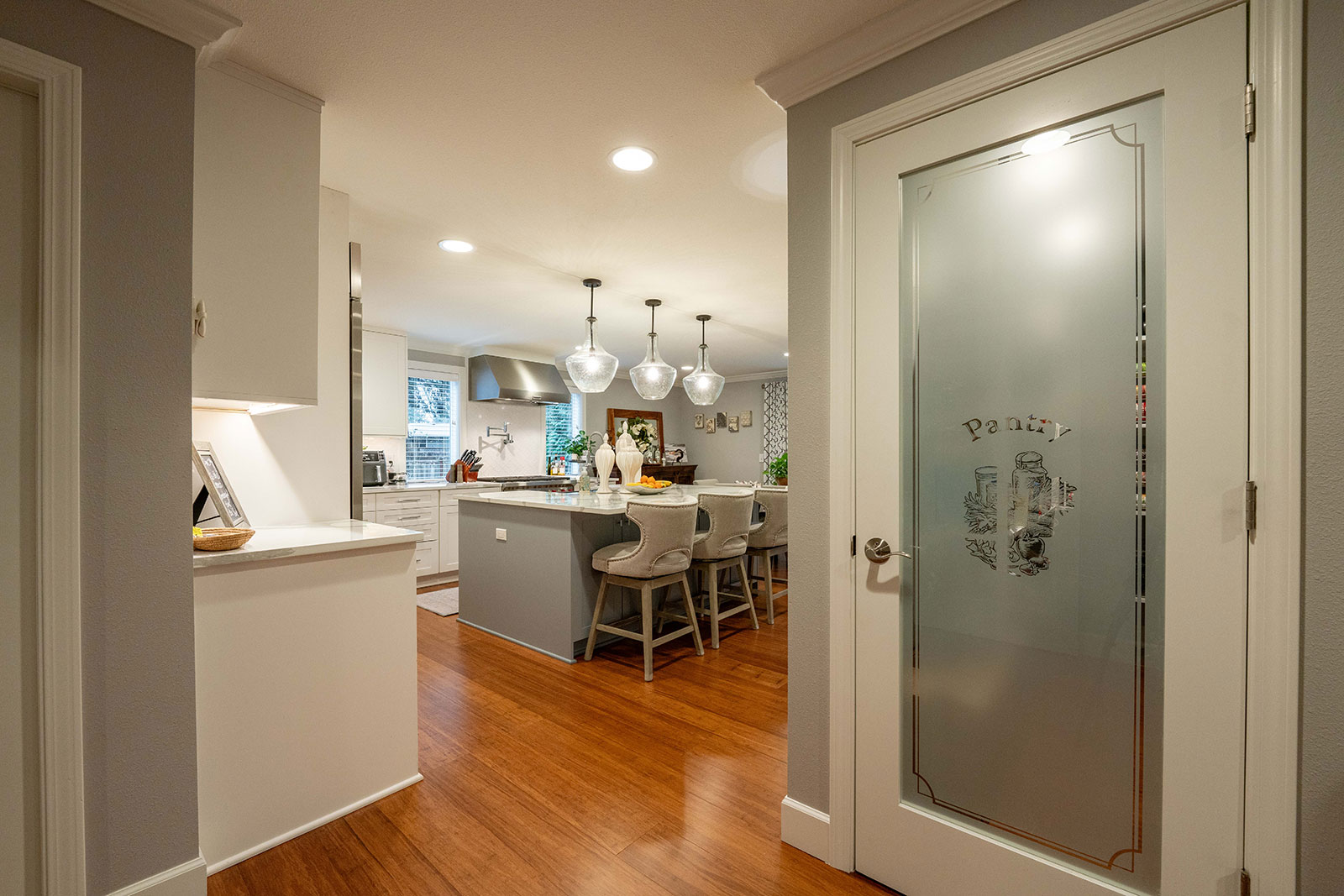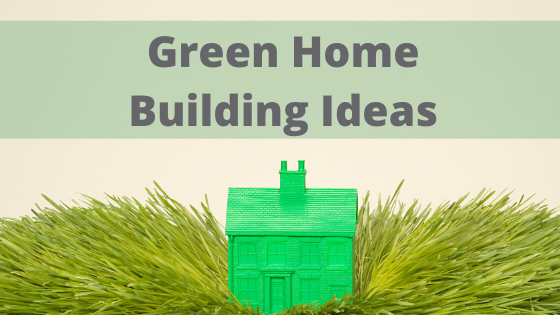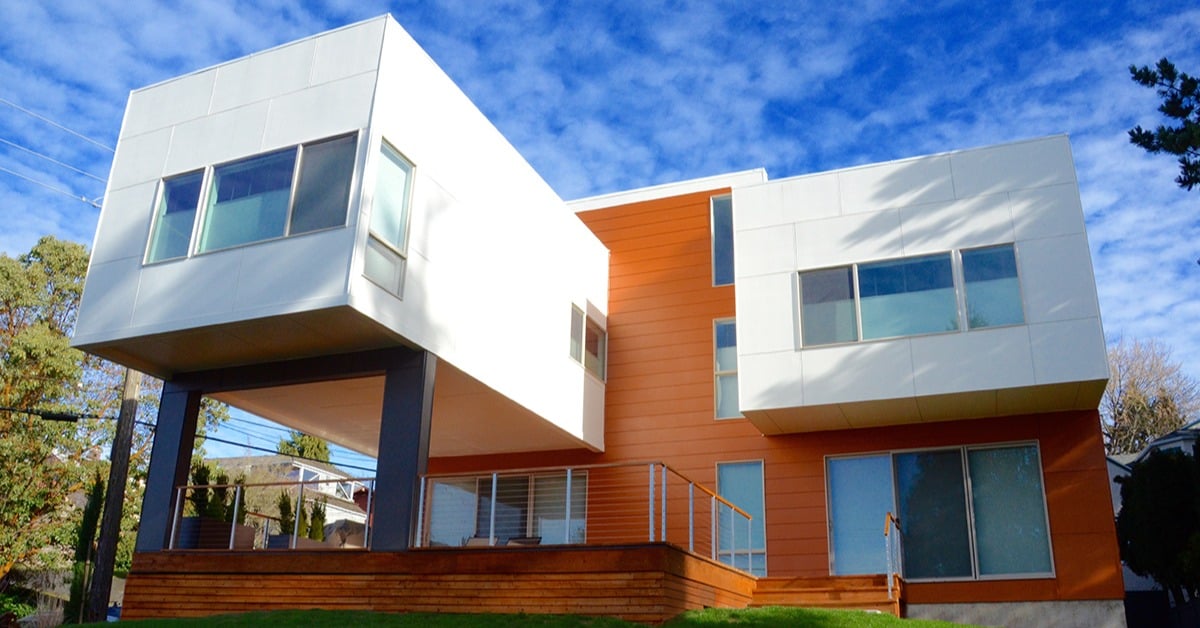The construction industry has long been associated with waste and environmental impact. Non-renewable resources are depleted, and a significant portion of materials are wasted. Greenhouse gas emissions from the construction and operation of buildings contribute significantly to environmental challenges. Approximately 26 percent of all GHG (greenhouse gas) emissions and 37 percent of combustion-related emissions come from the construction and operation of the built environment. Building green is no longer an option; it's a necessity.
In this article, we will explore key strategies for incorporating sustainability into your construction project, from using recycled materials to embracing energy-efficient options and responsible building practices to conserving water - all to create more eco-friendly homes.
#1: Using Recycled Materials
 Better Builders, Farwell New Construction, Design by PRDG Architecture + Design
Better Builders, Farwell New Construction, Design by PRDG Architecture + Design
Incorporating recycled materials into your construction project is a simple yet effective way for homeowners to reduce their environmental impact. From roofing and insulation to adhesives and paint, many essential construction materials can be sourced with a high percentage of recycled content. Not only does this choice reduce the demand for virgin resources, but it also encourages sustainable manufacturing processes. For example, reusing crushed concrete as a fill for foundations or driveways instead of mined gravel is eco-friendly and often comes at a similar cost.
Insulation is a crucial element in any building, and you can choose options made from 100% recycled materials, such as paper or plastic, or even unconventional or natural material choices, like sustainable wool insulation. While some sustainable materials may have a higher initial cost, their long-term benefits in terms of energy efficiency and reduced environmental impact make them a worthwhile investment.
#2: Energy-Efficient Options
 Better Builders, Farwell New Construction, Design by PRDG Architecture + Design
Better Builders, Farwell New Construction, Design by PRDG Architecture + Design
Energy-efficient systems play a significant role in sustainable living and “green building.” Consider geothermal heating systems and air conditioning, which utilize renewable energy sources to regulate your home's temperature. While the initial investment may be higher, the long-term savings and environmental benefits make it a sound choice.
Solar power is another powerful option. Solar panels, whether integrated into your roof or installed as standalone systems, offer clean solar energy generation. Depending on your location and energy consumption, you may even generate surplus energy to sell back to the grid and lower your utility bills. Quality windows, doors, and insulation ensure you maximize the efficiency of your heating and cooling systems.
Additionally, upgrading to energy-efficient fixtures, appliances, and LED lighting can lead to substantial energy savings. LED bulbs, for instance, use only 20% of the energy of traditional incandescent bulbs and last up to 25 times longer. Water heaters are also a common energy monster. Water heaters account for, on average, 19% of a home’s energy consumption. Transitioning to a tankless hot water heater will decrease energy use by heating water on demand vs. storing a large volume of water and keeping it hot. The less energy you can use, the more sustainable homes become.
#3: Responsible Building Materials
 Better Builders, Othello Modern New Construction, Design by PRDG Architecture + Design
Better Builders, Othello Modern New Construction, Design by PRDG Architecture + Design
Responsible building materials encompass several aspects, from low VOC products to durable choices that minimize waste. Low VOC (volatile organic compound) materials reduce indoor air pollution and create a healthier living environment. Additionally, consider materials that align with a climate pledge, aiming for net-zero or “zero-carbon” environmental impact.
Green roof options, such as reflective roofing and vegetative roofs, can contribute to energy efficiency and environmental benefits by reflecting heat and absorbing UV rays. When selecting materials, inquire about their source and whether they are harvested sustainably. For instance, understanding the plant-to-harvest ratio for wood products can help you make informed choices that benefit both the environment and your project.
#4: Water Conservation
 Better Builders, Farwell New Construction, Design by PRDG Architecture + Design
Better Builders, Farwell New Construction, Design by PRDG Architecture + Design
Efficient water use is a critical aspect of eco-home building. Implementing rainwater capture systems, tankless water heaters, Energy Star appliances, low-flow fixtures, and water-saving toilets can significantly reduce water consumption. Each American uses an average of 82 gallons of water a day at home. By installing water-efficient fixtures and appliances, we can all use at least 20 percent less water.
The average family can waste 180 gallons per week, or 9,400 gallons of water annually, from household leaks. That's equivalent to the water needed to wash more than 300 loads of laundry. Household leaks can waste approximately 900 billion gallons of water annually nationwide, equal to the annual household water use of nearly 11 million homes. Leak detection technology, like flo sensors, offers an added layer of protection by automatically shutting off water in the event of significant flow changes, preventing water wastage and potential damage.
Built Better, Built Green
Building green is no longer an option; it's a responsibility we all share. With conscious choices in home design, materials, energy-efficient systems, responsible building practices, and water conservation, we can significantly reduce the environmental impact of construction projects.
Sustainable construction benefits the environment and contributes to long-term cost savings and healthier living spaces. With just a little intentionality, we can all lessen or slow down our negative impact on the environment. It doesn’t have to be ‘all or nothing.’ When selecting a general contractor, inquire about their commitment to sustainability and make informed decisions that prioritize a smaller carbon footprint and protect the environment for future generations.
To learn more about best practices for preparing for any home renovation project, download our eBook, “The Homeowner’s Guide to Planning a Remarkable Renovation.”

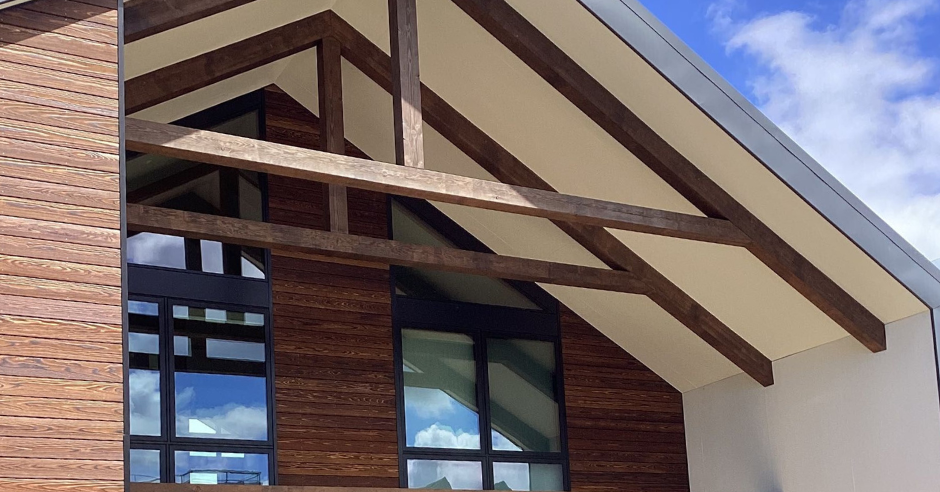



.png)
